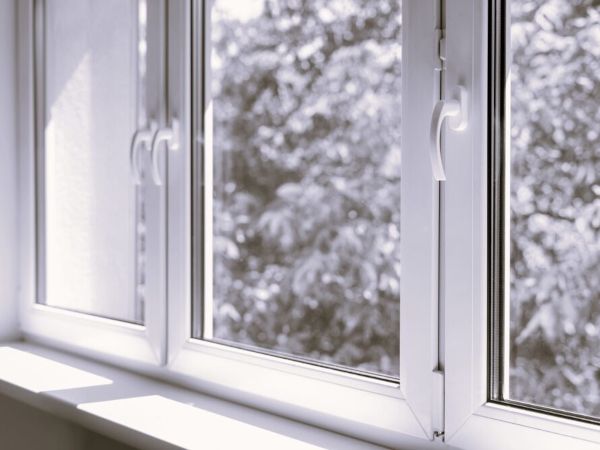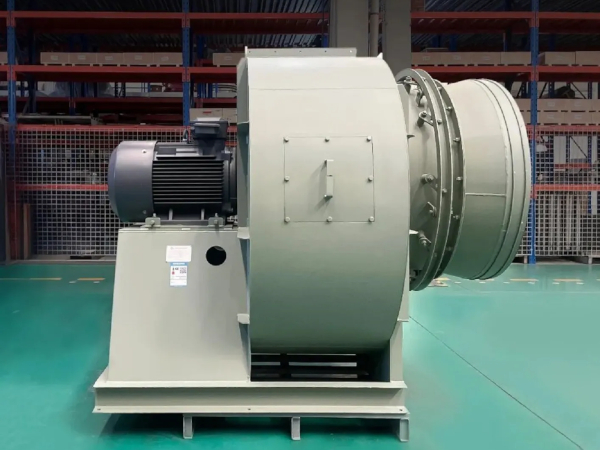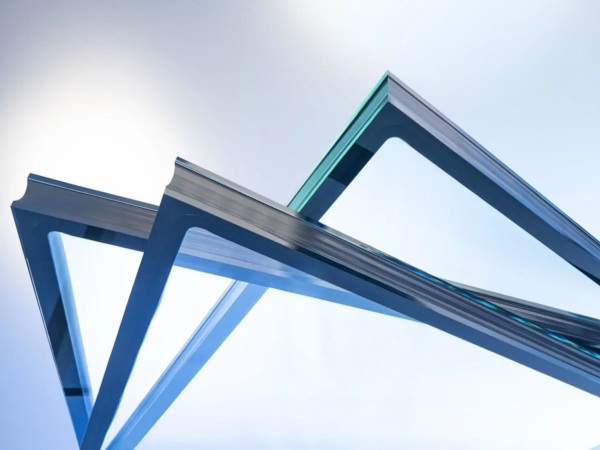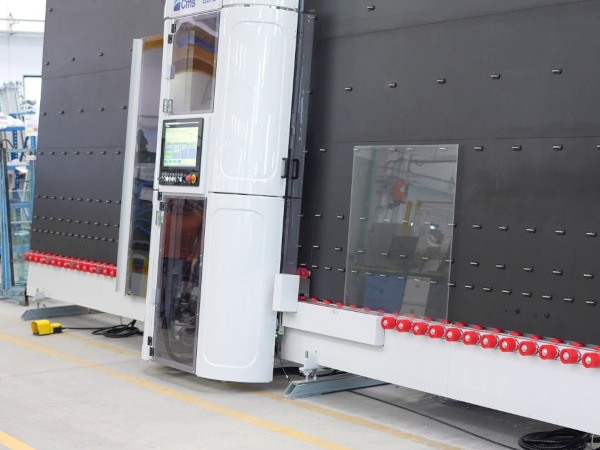
Date: 2 July 2025
As part of this package, a document focusing on the energy performance of “transparent building elements” was released.
Article 4 of the recast EPBD called for a review of the methodology for calculating the energy performance of buildings, particularly with regard to “transparent building elements that form part of the building envelope and the consideration of ambient energy”. This document was included in the guidance supporting the revision of the common general framework for the calculation of the energy performance of buildings which is available here.
Across the European Union, minimum energy performance requirements for windows are almost entirely based on thermal transmittance properties (U-value). This prevents the optimisation of glazing components. The European Commission’s guidance aims to address this issue by encouraging Member States to establish minimum requirements based on the U-value and g-value (solar factor). The g-value accounts for solar heat gain. The guidance differentiates between building types and the types of work. However, consideration of the U-value and g-value is recommended for all.
The European Commission acknowledges that more complex calculations can be undertaken for new non-residential and residential buildings or if they undergo major renovation. In the case of renovation of existing residential and small non-residential buildings, the guidance clarifies that “retrofitting measures should address factors such as replacing outdated glazing with high-performance alternatives that optimise the performance of the element (e.g. U-values and g-values)”. The European Commission recommends that Member States provide support mechanisms, particularly for small businesses, to ensure effective decision-making and compliance with energy performance requirements.
The guidance is a great first step in improving the
Glass for Europe will collaborate with its National Partners to ensure that the guidance is considered by Member States across the EU, leading to concrete regulatory changes. The deadline for Member States to implement the revised Energy Performance of Buildings Directive is set on 29 May 2026.
In the meantime, check our two videos below to better understand the relevance of high-performance glazing:
 600450
600450








Add new comment